Volkswagen design boss Andreas Mindt is reshaping the ID family with a philosophy he calls “Pure Positive”, and we caught him in a positively candid mood at IAA, Munich last month.
Stuff chats up VW Design Chief, Andreas Mindt
IDentity Check

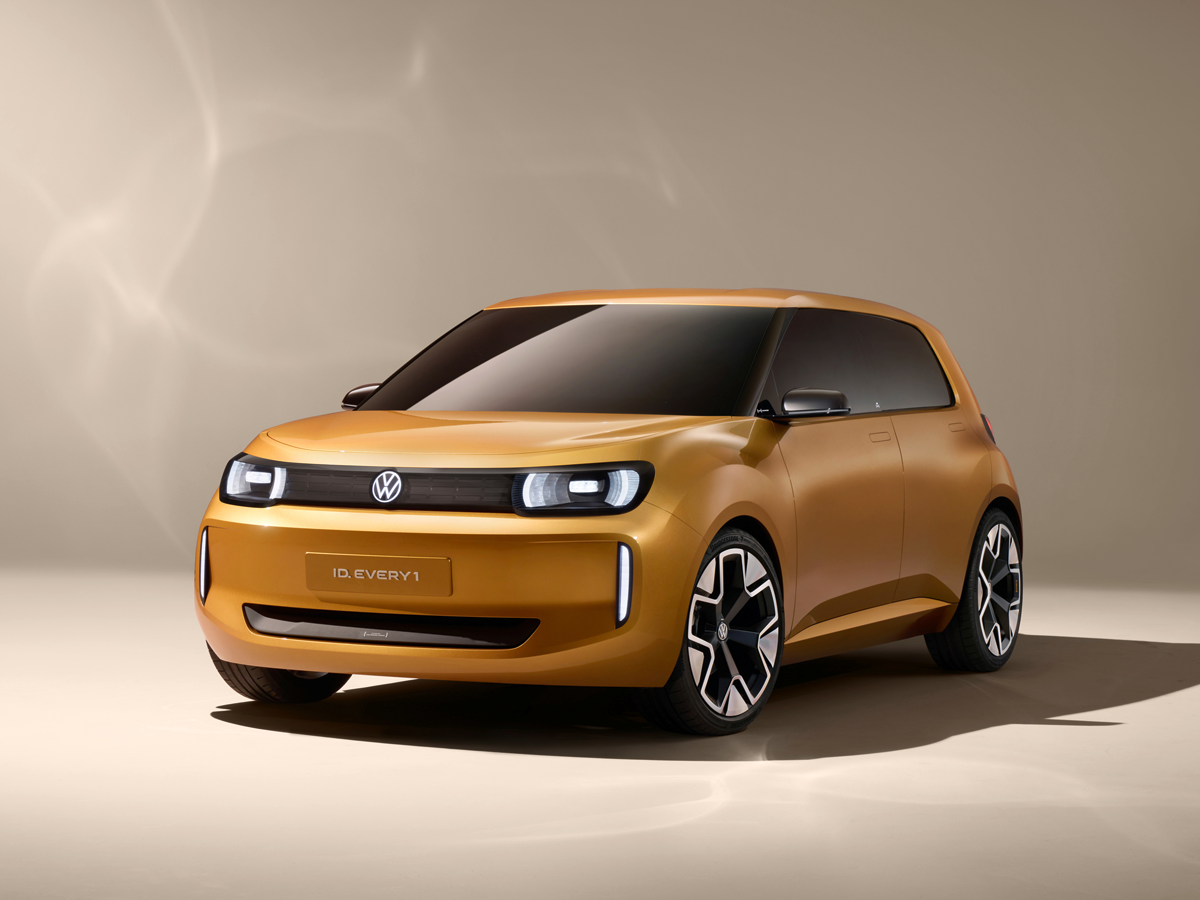
When Andreas Mindt swapped the gilded world of Bentley for the bread-and-butter pragmatism of Volkswagen, he knew it would mean trading gold-plated gear knobs for cost-cut dashboards. At Crewe, he once signed off on an €18,000 printed gold selector for the Batur — “and most customers wanted it, because it was gold and so special!” At Wolfsburg, the equation flipped. “Investment doesn’t matter. It’s the other way around… single cost matters a lot. You have to bring down the single cost of every millimetre or every part so as to achieve our goals.”
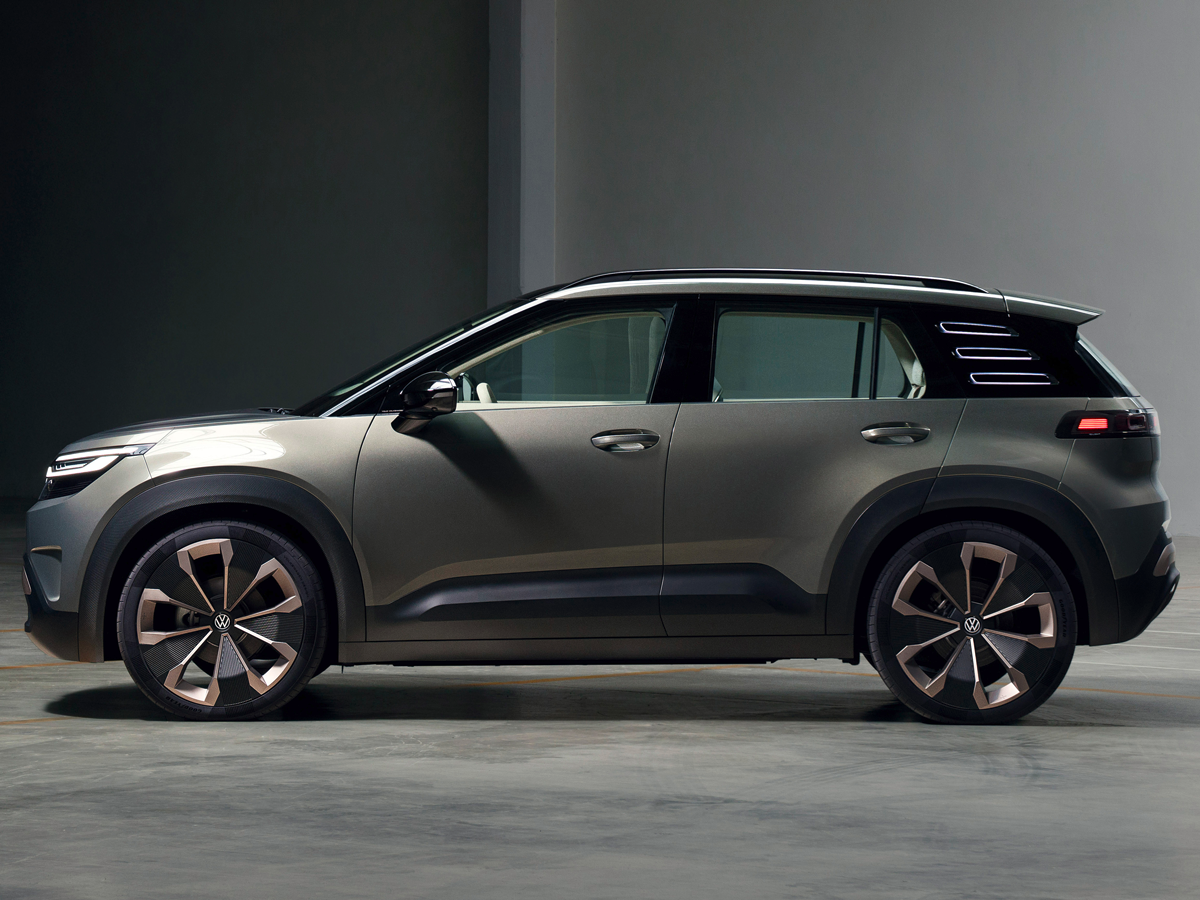
Yet that doesn’t mean VW customers miss out on flair. Mindt has smuggled in a few Bentley tricks, like the two-tone steering wheel from the ID.Cross show car. “I liked it so much that I wanted to bring it to Volkswagen and now we have it,” he says. The point, he insists, isn’t luxury for its own sake but a deeper understanding of history and brand character. His baptism of fire at VW was the ID.4. Mindt joined on February 1st and had just six weeks to lay down design values, strategy and a full show car. “Six weeks is all I had… but now we have our pathway and we know what we want to achieve and it’s been very successful.” That sprint has since given way to more considered work. He points to the ID.Every1 as proof. “It’s a stronger design than the ID.Polo because we had more time to think about it… we deleted all the claddings, all the plastic parts are gone. You see a lot of French and Korean cars with cladding all over the place but we wanted to reduce. It saves money… and the result is more value for the customer.”
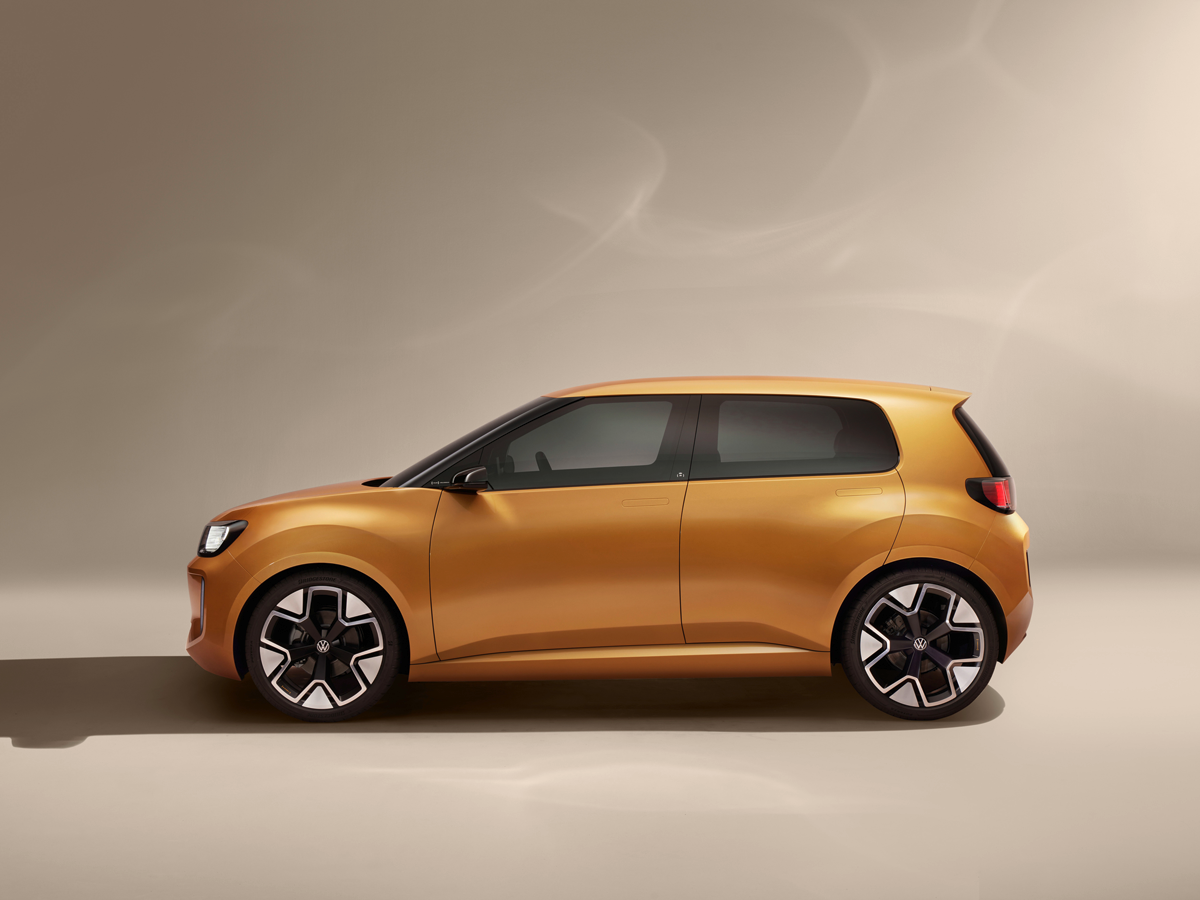
Reduction, for Mindt, isn’t about taking away but making smarter. On the ID.Cross, a traditional door panel made of three parts became one. “The door opener is integrated into the armrest and we created a gap that works as a grab handle. You save money because you only mould one thing instead of three, plus there’s no rattling since we made space for fabric between the dashboard and the door.” The upshot: fewer cheap plastics, more fabric, and a cabin that feels more upmarket. This balance of cost and quality plays out globally. Europe’s ID.Polo gets massage seats. The ID.Every1 adds a mandatory rear camera because of the new EU law. “All around the world, you have different requirements but it also makes sense for us to make cars safer globally,” Mindt says. He’s equally candid about the culture wars around EVs. “Somehow society is split between EVs and ICE cars, with the narrative being that the good people drive EVs and the bad ones drive ICE. Why can’t we say, we are one family and bring it all together?” Nor does he buy into the idea that EVs should have radically different proportions. “As long as you don’t move the pedal box, why do you have to change the proportions?” He warns that stretching windscreens and shrinking bonnets might sound clever, but it just leaves drivers roasting under acres of glass.
Trend-spotting is another sore point. “You have to separate the trend from the hype,” he says, citing flush door handles. Many Chinese brands that rushed into them are already back-tracking. VW’s focus instead is on what he calls “Pure Positive” design — cars with friendly faces instead of snarling grilles. “Who needs aggressive cars? I’m not an aggressive person all day, I want to smile and so our cars also should reflect an optimistic and friendly personality.”
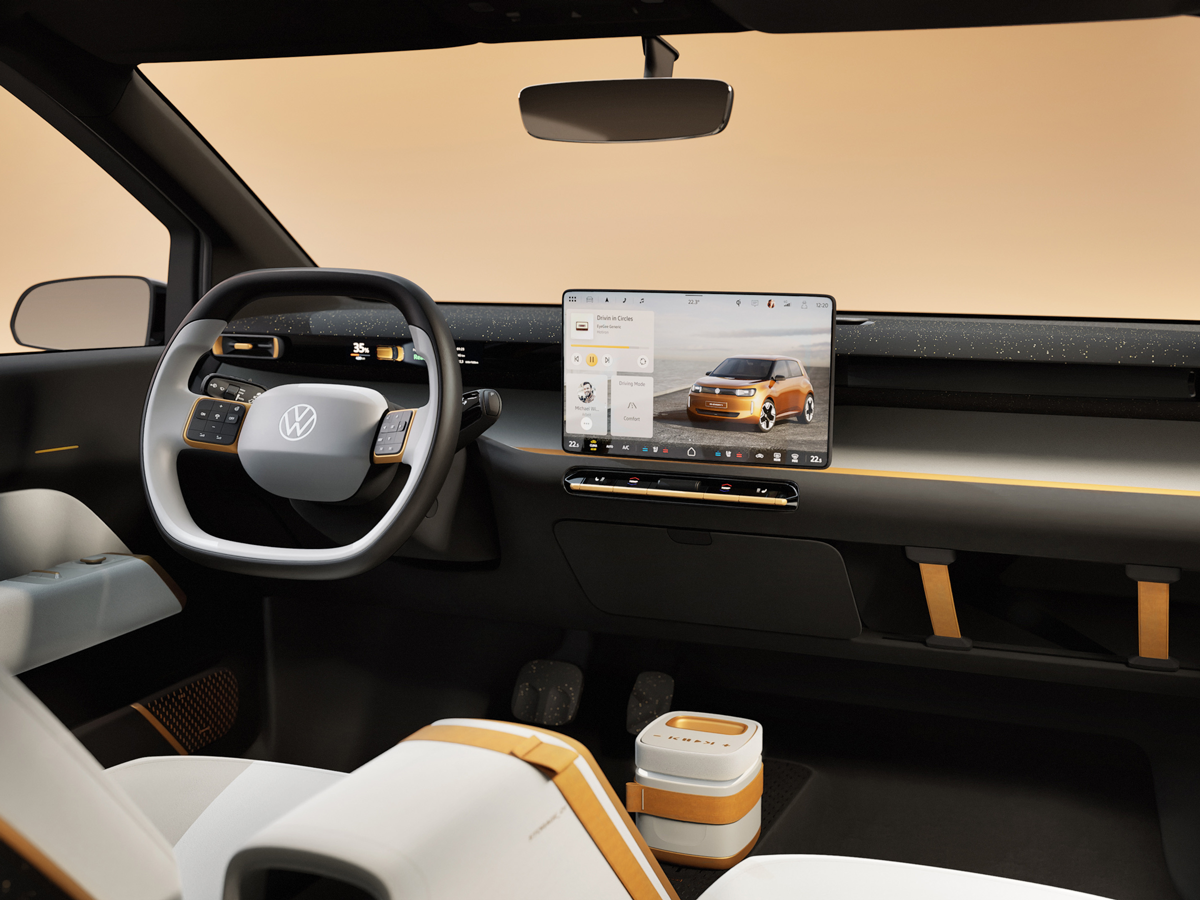
That optimism carries inside. Mindt insists design must start with UX, not UI. He illustrates it with a ketchup bottle. “Take a bottle and design a sticker for it…that is UI. But turn the bottle upside down like the way it will be used and then design the sticker to make sense…that is UX.” Function first, polish later. So VW cabins aren’t chasing gimmicks like rotating screens or pillar-to-pillar displays. The team favours a head-up display for safety, a small screen for core content, a larger one within reach for inputs, and crucially, a physical switch pack for the five most important functions. “AC controls, hazard lights, volume knob etc. We are going back to standard functionality and shall be putting this switch pack in every single Volkswagen so a customer knows exactly where to find these controls.”
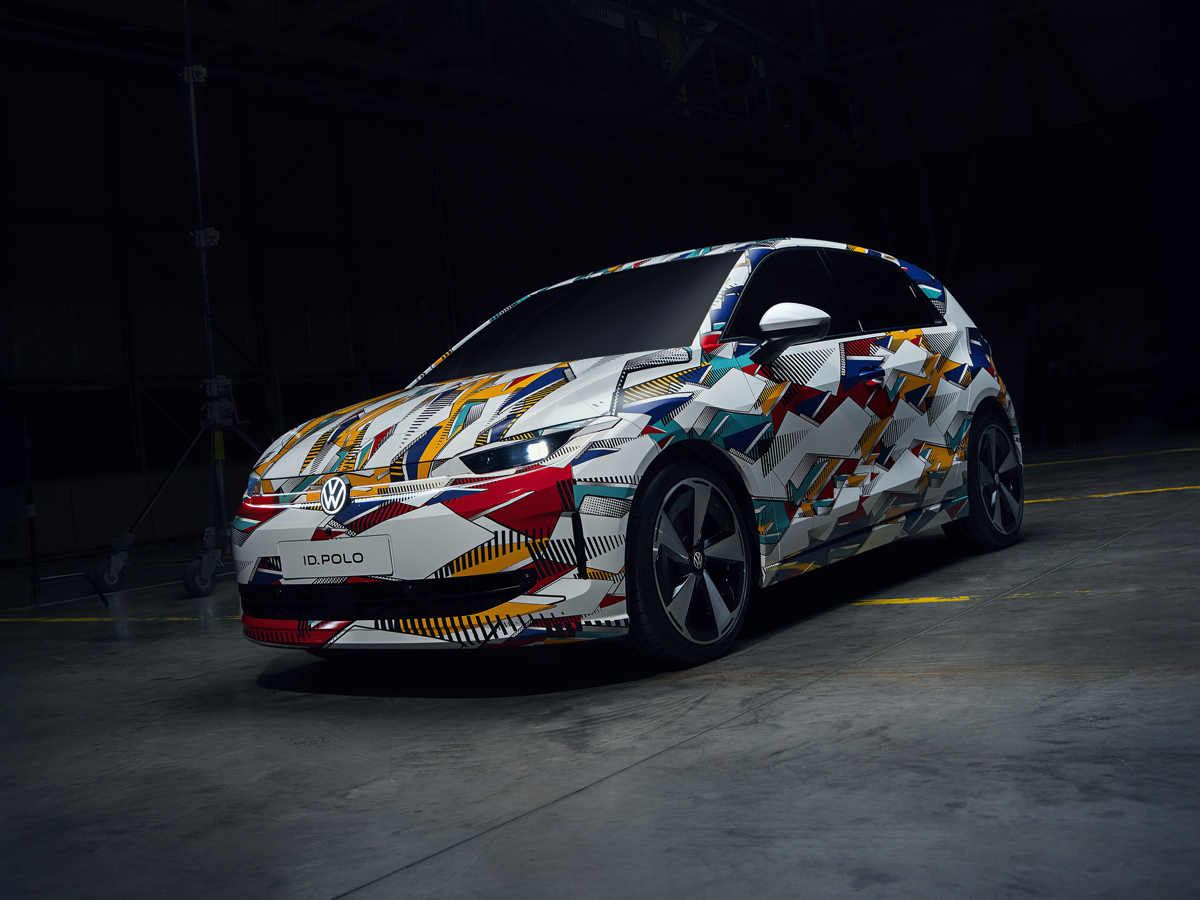
Looking ahead, he’s pragmatic about tech revolutions. “Once AI becomes mainstream and helps you with finding concert tickets, route planning, parking spots and creating the appropriate playlist all with one command, the need for individual screens may increase.” But for now, clarity trumps clutter. Above all, Mindt frames his job as an act of continuity. “We ask ourselves deeper questions like what is our meaning in this industry? And we realised it is to make very reliable cars, which started with the Beetle. It was reliable and a car that put out positive vibes with its happy smiley face and bug eyes… So coming from the past with such rich history and going into the future, the mindset and values are intact. We don’t need to change that. What we need to change is the design, new technology, new shapes that we want to develop.
With a slew of models lined up for launch in 2026-27, VW is on the brink of reinvigorating its line-up with practical EVs and and while the ID.Cross is most likely to make it to the Indian market, in our heart of hearts, we all know we want the Polo back. VW, we know you’re listening.
.jpg&w=35&h=35&q=70&c=1)